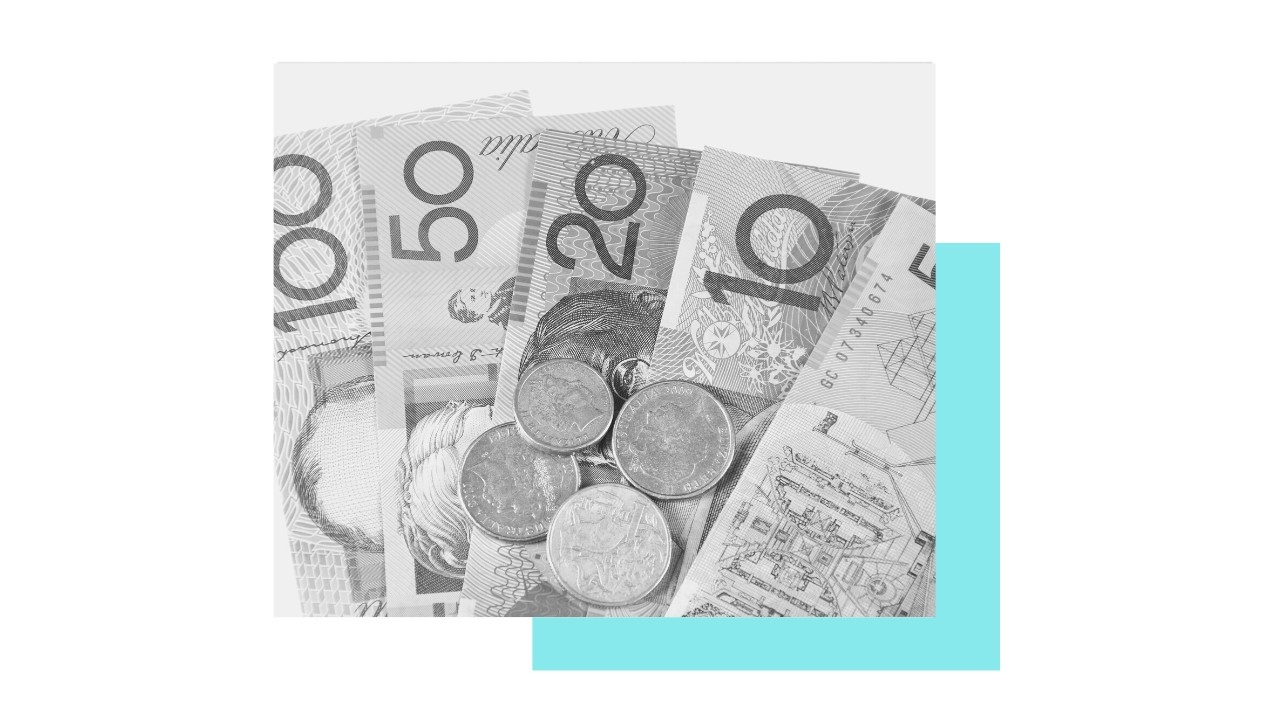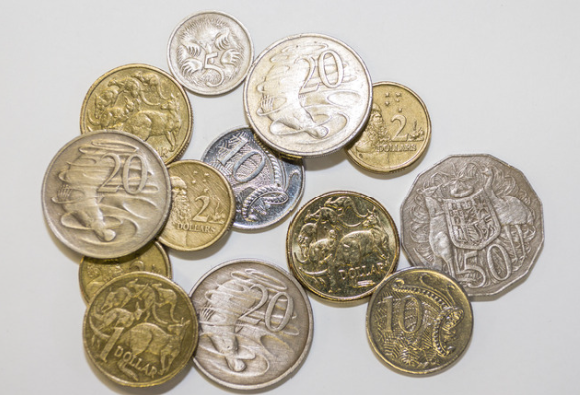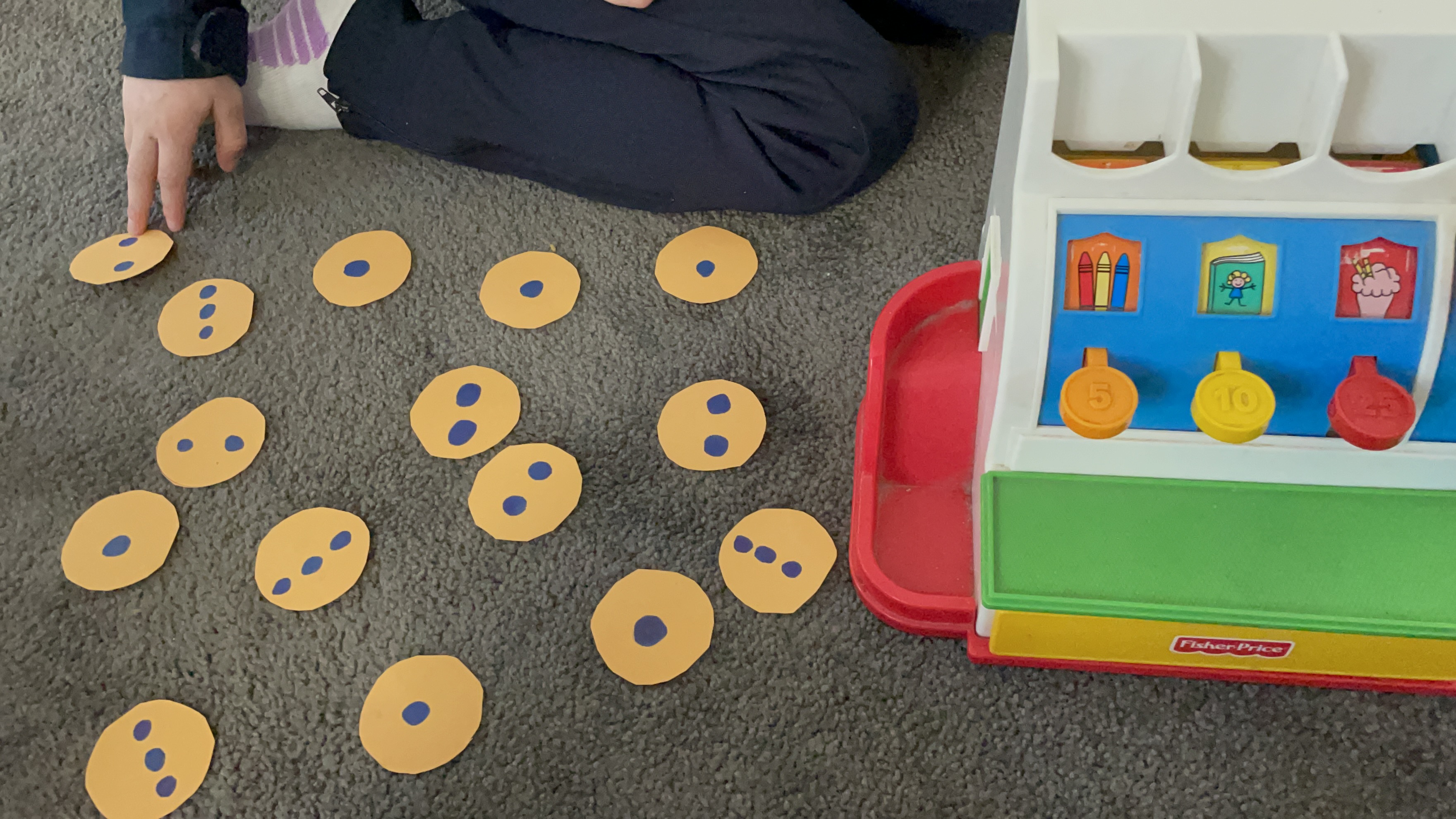5 Tips for Teaching Money in F-6
Sep 14, 2022
Money is a critical part of our maths curriculum and the lessons we teach literally will stay with our students for life!
As Van de Walle et al (2012) point out, recognising coins is not a mathematical skill but a social convention. As such, we must explicitly teach our students to recognise the coins/ notes and understand their related value. Yet, with every year that passes by, students enter our classrooms having had less and less experience with coins in the 'real world'. While electronic banking has streamlined many aspects of our financial transactions, it means our students are entering our classrooms less familiar with the conventions around money. Times have certainly changed (pardon the pun)!
In this blog, I present 5 tips to help in your teaching of money.
Tip 1: Consider Value and Worth
Money is interesting idea, as there is often a difference between the value and worth of objects. You just have to look at the real estate market to see the stark difference between what something is worth (according to what vendors will pay) compared to its 'true' value (according to the valuation on your council rates notice). Worth is a relative consideration. This is challenging for adults to get their head around, so you can imagine the challenges it presents for children. I often say to my children “I don’t think that item is worth $x”… and they look at me blankly saying “but that is the price mum”! At a young age, the value and the worth are difficult to separate.
Tip 2: Explore Vocabulary
Have you ever stopped to consider all the 'money' related words we use? Or even how many money idioms you know? For example, 'money doesn't grow on trees', 'money spinner' etc. Words like: save, spend, deposit, change, cents, dollars, credit and discount, to engage in our money contexts. We know that vocabulary knowledge is a strong predictor of understanding (Graves, 2006), so looking at vocabulary is a great place to begin your instruction.
Dr Paul Swan and David Dunstan's My Word Book: Mathematics, is my 'go-to' resource for collating the vocabulary I need to cover through my maths sessions. Their book includes over 32 'money' specific terms to explore with students.
As with other areas in mathematics, there are several homonyms which make things tricky. For example, 'cents' sounds like 'sense' and therefore makes little sense to students😲. 'Change' has a completely different meaning outside of money transactions (for example, the weather is going to change). In fact, just the other day my 6 year old daughter revealed she thought 'change' meant literally change the money (for a different denomination but the same value)… so in her mind items were free if you received change. I couldn't understand why she kept saying things like 'You should ask the butcher for change mum'. She didn’t realise change was the difference between the actual price and the money we handed over. Again, in the age of paying almost everything on card, who can blame her for being confused!
Tip 3: Coin Confusion
In Australia there is little link between the size of the coins and their value. The $2 coin is smaller than the $1 coin and the 50 cent coin is bigger than all of them.🤷♀️

Children rely heavily on their visual perception skills, so when they try to make sense of coins, they intuitively look for attributes like size and colour to support them in making generalisations. Unfortunately our money designers did not make this task easy for students! A routine I like to use to highlight 'irregularities' is "Would you Rather?". This routine involves having two options for students to choose from. It works on their reasoning skills and can be used to highlight misconceptions such as coin size vs value. You can see me running through some "would you rather?" examples with Mr 3 and Miss 6 here.
Tip 4: Many to One
Another common difficulty students experience with coins and notes is understanding that one coin (or note) represents a value of many. So a $2 coin represents a count of two, even thought it is one object. For students who have experienced an huge emphasis on one to one correspondence when counting, this is a completely new idea!
To overcome this Siemon et al (2014) suggest using 'pre-money' coins. The idea behind 'pre-money' coins (see image below) is simply to help the students see that one object can stand for more than one dollar value. You can play shops with this 'pre money' to explore this idea further.

Tip 5: Dollars and Cents
Dollars and cents are actually two parallel but different units. This idea can be challenging for students. Dollars are whole numbers which begin at zero. Cents use a whole number count from 0-99. While there is obviously a link between the two units (100 cents is the same as $1, so 10 cents is 1/10 of a dollar), we are really just separating the two units by using the decimal point. For this reason, using money as a model to teach decimals can be problematic (Siemon et al, 2014). This can lead to decimal misconceptions like whole number thinking (students who treat numbers after the decimal point as whole numbers) and money thinkers (students who struggle to understand decimals beyond 2 decimal places). You can read more about these misconceptions on this wonderful University of Melbourne website. So, my advice is, approach the link between decimals and money with caution and have the possible misconceptions in your mind as you teach!
As you can see, there is much to consider when teaching money. Money provides such a wonderful authentic context to explore mathematics in the real world!
In an upcoming blog I will share some more about the teaching of money and my favourite money based teaching tasks.
P.S: In Term 4 I will be inviting another intake of new teachers/schools/leaders into my Numeracy Teachers Academy. If you are interested, you can join the waitlist here.

